Ukrainian President Volodymyr Zelensky has revealed discussions with President Trump for a potential “mega-deal” that would allow the U.S. to acquire Ukraine’s advanced, war-proven drone systems in exchange for Kyiv buying American weapons. This arrangement aims to bridge gaps in U.S. small military drone capabilities, where experts see America trailing behind Russia and China.
Ukraine’s Drone Advancements Forged in Conflict
Ukraine has developed formidable drone technology during its three-year war with Russia. These unmanned aerial vehicles can reach targets up to 800 miles (1,300 kilometers) deep into enemy territory. In a standout mission dubbed Operation Spiderweb, 117 Ukrainian drones targeted four Russian military bases, destroying dozens of bombers. This demonstrates the precision and scale of Ukraine’s drone operations, which often involve deploying hundreds of low-cost UAVs carrying explosives each day.
Zelensky emphasized the value of this expertise. “We will be ready to share this experience with America and other European partners,” he said, adding that talks are also underway with Denmark, Norway, and Germany.
Zelensky highlighted Ukraine’s rapid industry growth, starting from minimal resources. He noted that the country built its drone sector “outside of all bureaucratic formats,” shifting from almost zero private sector involvement in defense to 70% today by opening opportunities to businesses.
This approach enabled quick adaptation, as Zelensky explained: “When we started to produce, I opened up a lot of different things to the private sector, and from almost zero private sector involvement in defense, we have reached 70% today.”
US Efforts to Bolster Drone Capabilities
The U.S. military recognizes the need to accelerate in this area. Secretary of Defense Pete Hegseth recently issued a directive to expedite drone production and reduce bureaucratic hurdles. The memo stresses training service members across all branches in drone operations, responding to the global surge in military drone manufacturing. Next year’s Pentagon budget request reflects this priority, with increased funding allocated to small drones.
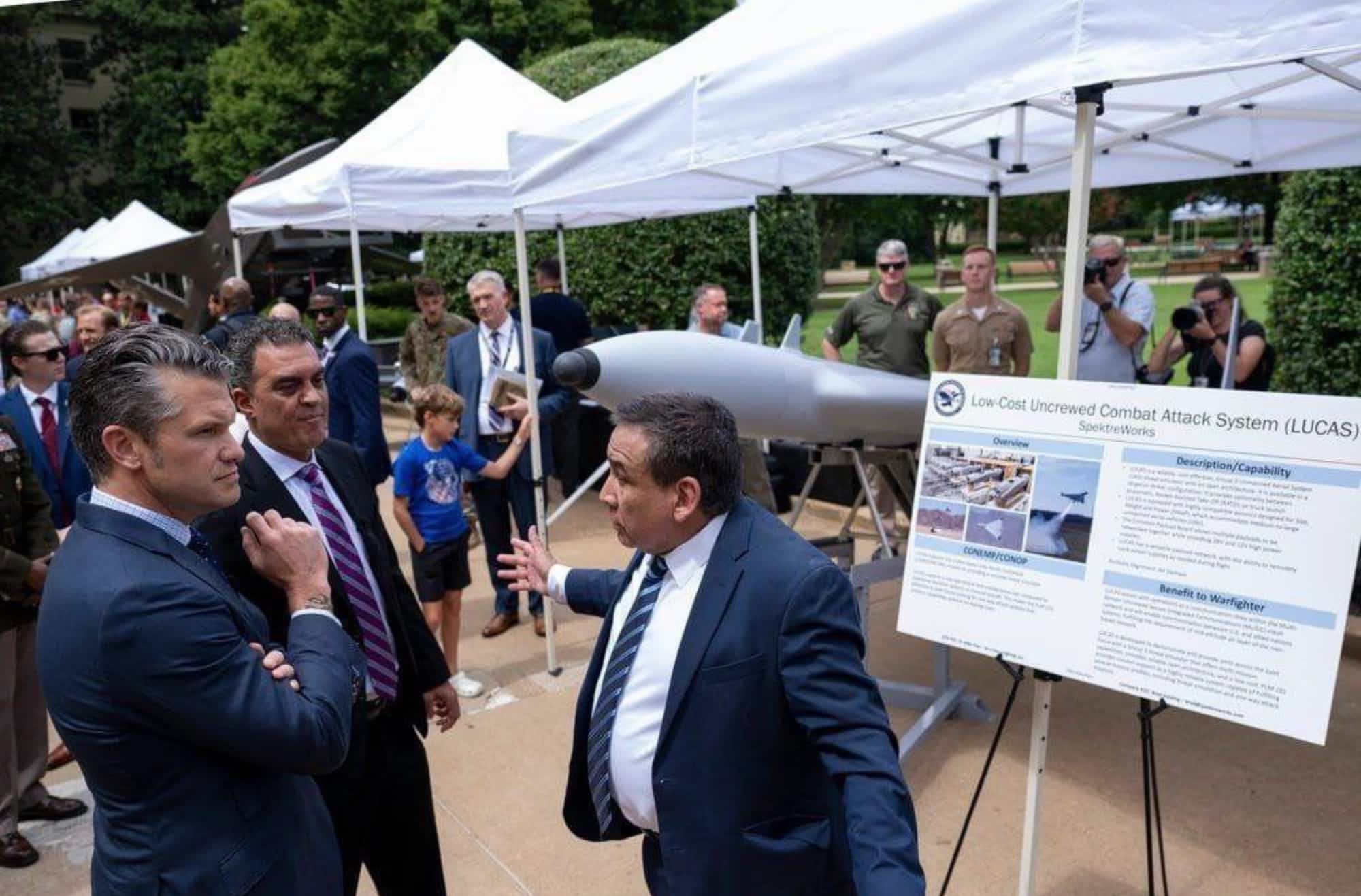
This raises questions about operational readiness. While U.S. forces have advanced systems, the emphasis on small, affordable drones highlights a shift toward asymmetric warfare tactics seen in the Ukraine-Russia conflict. Zelensky addressed this directly: “The people of America need this technology, and you need to have it in your arsenal.”
Broader Implications for Drone Technology and Partnerships
Drone warfare is transforming modern conflicts, with cheap, expendable UAVs enabling high-impact strikes at low cost. This trend could influence economic aspects, as the proposed deal involves mutual purchases—potentially in USD, though specifics remain undisclosed—fostering technology transfer and strengthening alliances.
Regulatory changes, like Hegseth’s push to “cut red tape,” may streamline U.S. innovation, but challenges persist in integrating foreign know-how. For drone professionals, this signals opportunities in cross-border collaboration, though it also underscores the need for balanced partnerships to avoid dependency. Ukraine’s model of private sector-driven growth offers lessons in agility, contrasting with more structured U.S. processes. Overall, the deal could enhance U.S. arsenals while supporting Ukraine, but success depends on navigating geopolitical and technical hurdles.
Discover more from DroneXL.co
Subscribe to get the latest posts sent to your email.

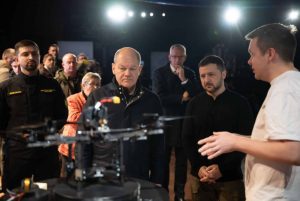
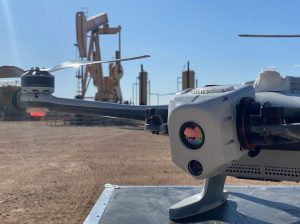
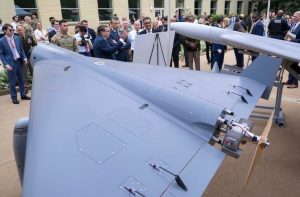
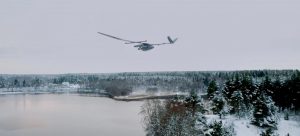
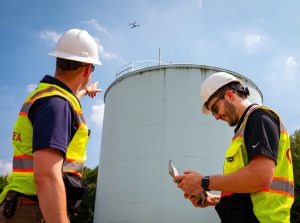



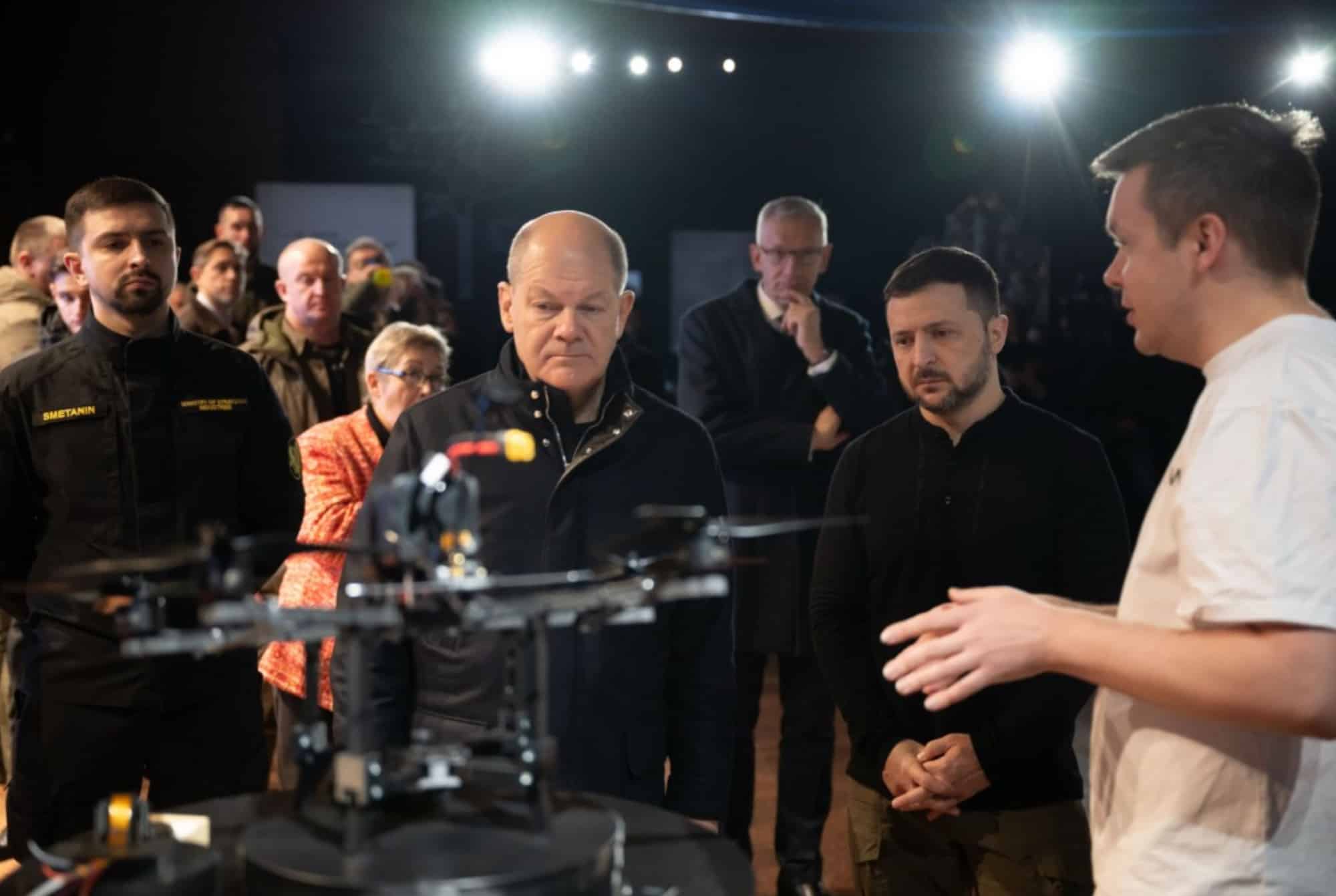

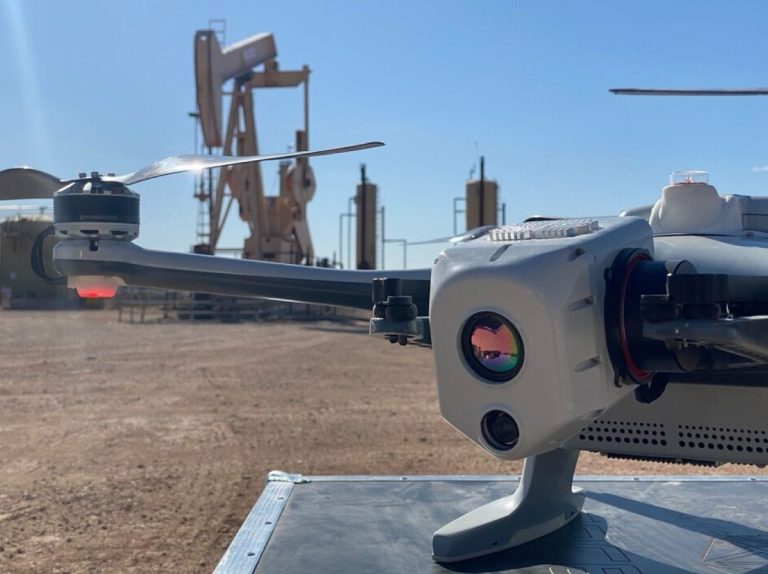
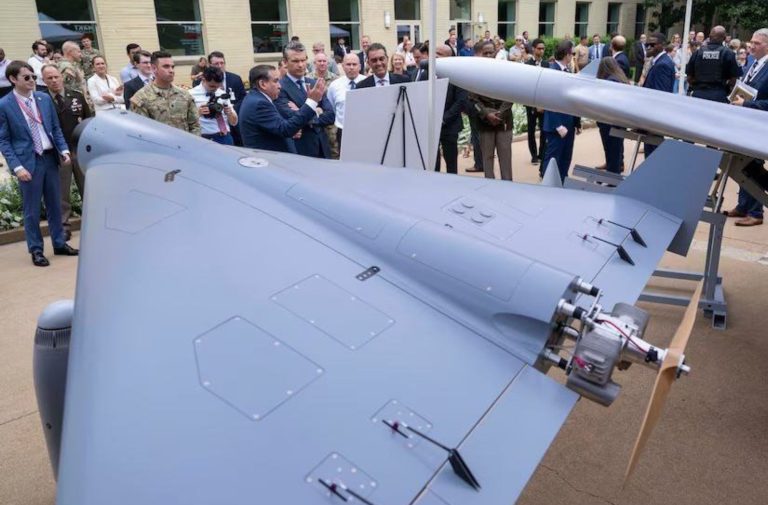
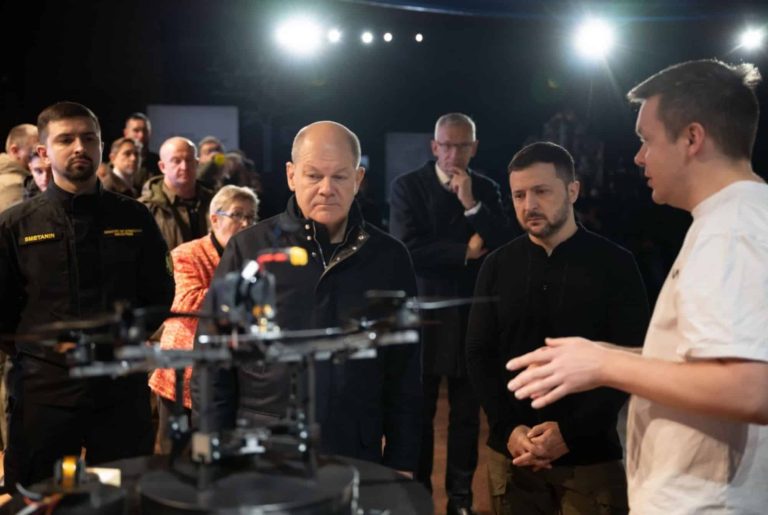
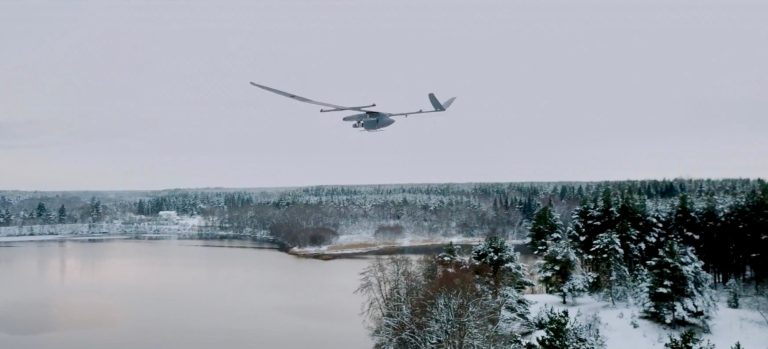
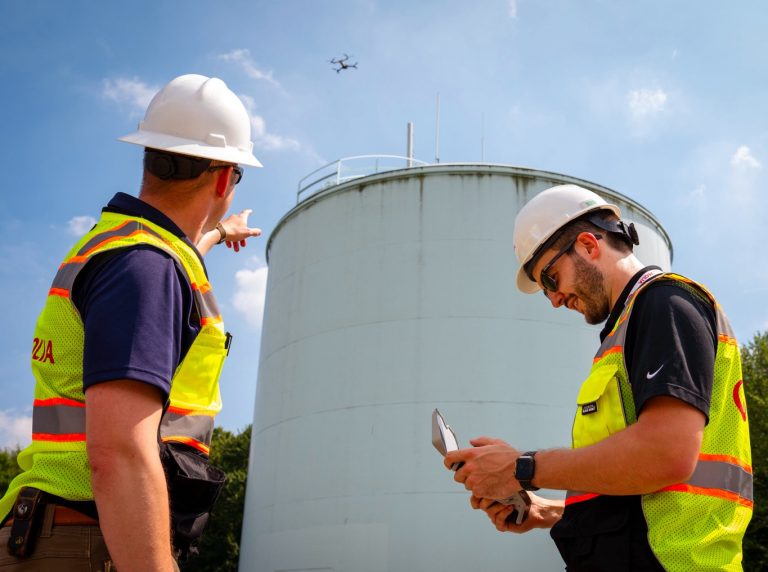


+ There are no comments
Add yours